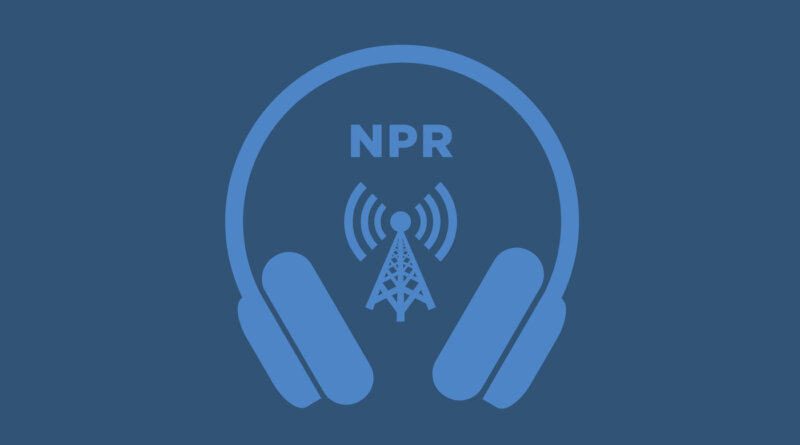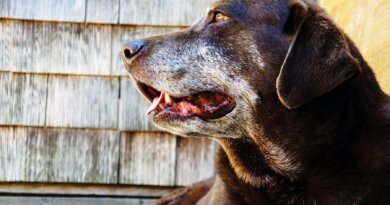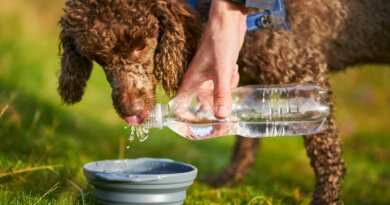A highly contagious and lethal bird flu strain is spreading across parts of the U.S. : NPR
Bird flu is an increasing threat to poultry producers and backyard chicken owners. They’re preparing for the worst as wild birds’ spring migration peaks in a few weeks.
A MARTINEZ, HOST:
A highly contagious and lethal strain of bird flu is spreading across some eastern and central parts of the U.S. Since February, more than 13 million chickens, turkeys and other birds have died of illness or have been culled to stop the spread. As Iowa Public Radio’s Katie Peikes reports, poultry producers and owners of backyard flocks are trying to learn from the past outbreaks to protect their birds.
KATIE PEIKES, BYLINE: A deadly bird flu outbreak ripped through U.S. poultry seven years ago. That’s when more than 50 million chickens and turkeys died and egg prices soared. Researchers believed migratory waterfowl, like ducks and geese, started the outbreak. They can carry the virus in their excrement or saliva.
But Iowa State University poultry veterinarian Yuko Sato says it’s still not quite clear how the virus got into barn after barn. And it makes it harder to stop it now.
YUKO SATO: There’s no concluded study on how it’s coming in. We can identify some weak links – for example, people tracking it in.
PEIKES: Since that outbreak, poultry producers across the country have strengthened their protocols to try to keep diseases away from their birds.
(SOUNDBITE OF BIRDS CHIRPING)
PEIKES: I met turkey grower Ben Slinger in the town square of Ellsworth, Iowa. Wild birds are nesting between buildings here. Like most producers, Slinger’s limiting visitors on his nearby farms to prevent bird flu from reaching his flocks.
BEN SLINGER: It is a very concerning time. We’re watching stuff extremely closely.
PEIKES: Slinger raises about 850,000 turkeys a year for an Iowa meat processor. The 2015 bird flu outbreak hit him hard. In May of that year, Slinger noticed some of his turkeys were really quiet and not very active. He culled 38,000 turkeys to stop the disease from spreading.
SLINGER: We know what the aftermath of that is like, and it is pretty disheartening.
PEIKES: So Slinger and his workers now wear dedicated boots into each barn to avoid tracking anything in. They also walk through disinfectant before entering the barns.
SLINGER: And we’ve been in pretty good shape. This year’s definitely going to challenge us, it seems like, in the coming weeks as to if we were – if we’re truly prepared again for what happened in 2015.
PEIKES: Producers aren’t the only ones concerned. So are people with backyard flocks. Martin Hutchison of Delmar, Md., raises nearly 50 adult hens, chicks and guinea fowl. And he doesn’t let anyone else near them. Whenever he’s with his birds, he monitors their health.
MARTIN HUTCHISON: I stand there and watch them and look over each individual bird to see if they’re active and seem healthy. You know, I look for any kind of change in their behavior.
PEIKES: Poultry producers and backyard flock owners are on high alert as ducks and geese migrate north to their breeding grounds. Diann Prosser is a wildlife research biologist with the U.S. Geological Survey and says she’s closely watching the migration.
DIANN PROSSER: There are a lot of moving targets. We know that this virus has been evolving over the past handful of years, and we keep watching and trying to add additional studies to understand what virus we’re dealing with right now.
PEIKES: Scientists are especially interested in where wild birds might have close contact with domestic birds. State agriculture officials are advising people to try to keep their flocks away from migrating birds this spring.
For NPR News, I’m Katie Peikes in Ames, Iowa.
(SOUNDBITE OF AMEBA’S “ILL BE FINE”)
Copyright © 2022 NPR. All rights reserved. Visit our website terms of use and permissions pages at www.npr.org for further information.
NPR transcripts are created on a rush deadline by an NPR contractor. This text may not be in its final form and may be updated or revised in the future. Accuracy and availability may vary. The authoritative record of NPR’s programming is the audio record.




